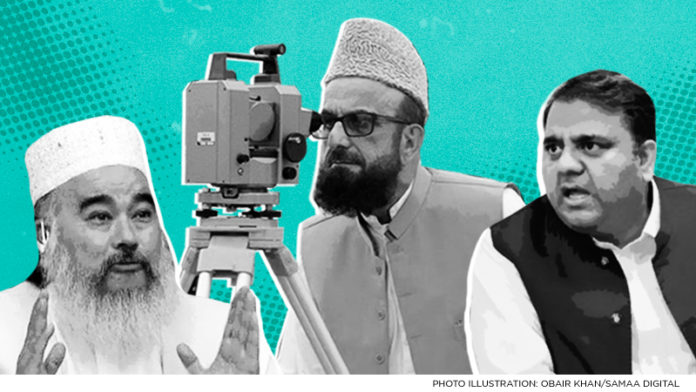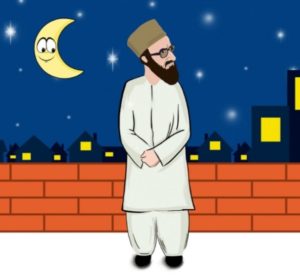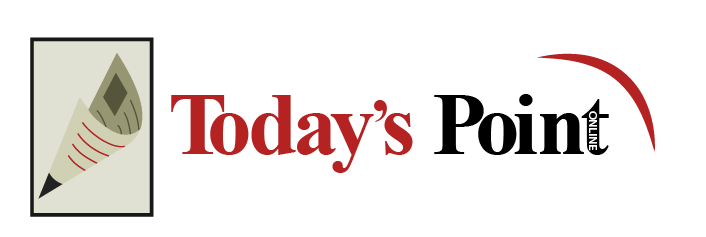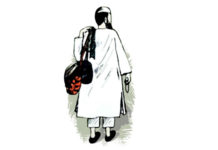
With the month of Ramadan ending, something has to be amiss to keep federal minister Fawad Chaudhry and religious scholar Muneebur Rehman from having a go at each other over the moon sighting issue.
As Pakistanis prepare for the Eid Festival, filling their refrigerators with essentials, and go lengths to ensure that their Eid dresses are ready on time, they are all fixated on one question:
“Yaar, chaand kab hai?” (When will the moon be sighted?)
Thanks to the ill-informed reporting of our media and the myth-believing nature of Pakistanis, we grow up blaming the Central Ruet-i-Hilal Committee (the official body for moon sighting and the authority which declares the official start of Islamic months) for its inability to see the moon.
To further fuel the controversy, there is Masjid Qasim Ali Khan in Peshawar, which dissents every other year, and announces the start and end of Ramadan asynchronously with the rest of the country. Some blame the Masjid, some blame the Ruet-i-Hilal Committee, and most live in ignorance of the matter at hand. If one takes out the time to understand this moon business, they will learn that modern scientific tools can help us resolve the issue, which is not an issue at all, if you ask me.
Without endorsing one view over the other, I will simply point out that as far as sighting the moon goes, we could acquire great deal of help from science. We could use calculations and modern simulations for knowing where and when to look for the moon, how high it will be in the sky, and what are the chances of its visibility. It is now possible to calculate the exact window of the moon’s visibility after sunset and even generate simulated images of the moon beforehand.
The official and unofficial moon sighting committees ask people to testify if they have seen the moon. This is where these simulated images can be used: anyone who claims to have seen the moon can be asked questions like what time they saw it, how high it was, whether it was near or close to the sun, whether the cusps were upward or sideways, whether it was on the left side or right side of the moon, etc. 
Today, astronomy can accurately establish the time of birth of the new moon with the accuracy of seconds, and its likelihood of being visible. So, what is the harm in using this astronomical basis to reject a claimed sighting which could not possibly be correct?
I have a simple suggestion to end the annual moon-sighting controversy permanently all members of the Ruet-i-Hilal Committee, as well as those clerics who think that the moon should appear in Pakistan on the same day as in Saudi Arabia, should take a compulsory course in astronomy. They will then know that it is possible to predict accurately the date and time of appearance of the new moon anywhere in the world.
They will also learn that with the help of astronomy, solar and lunar eclipses can be predicted years before they occur.







